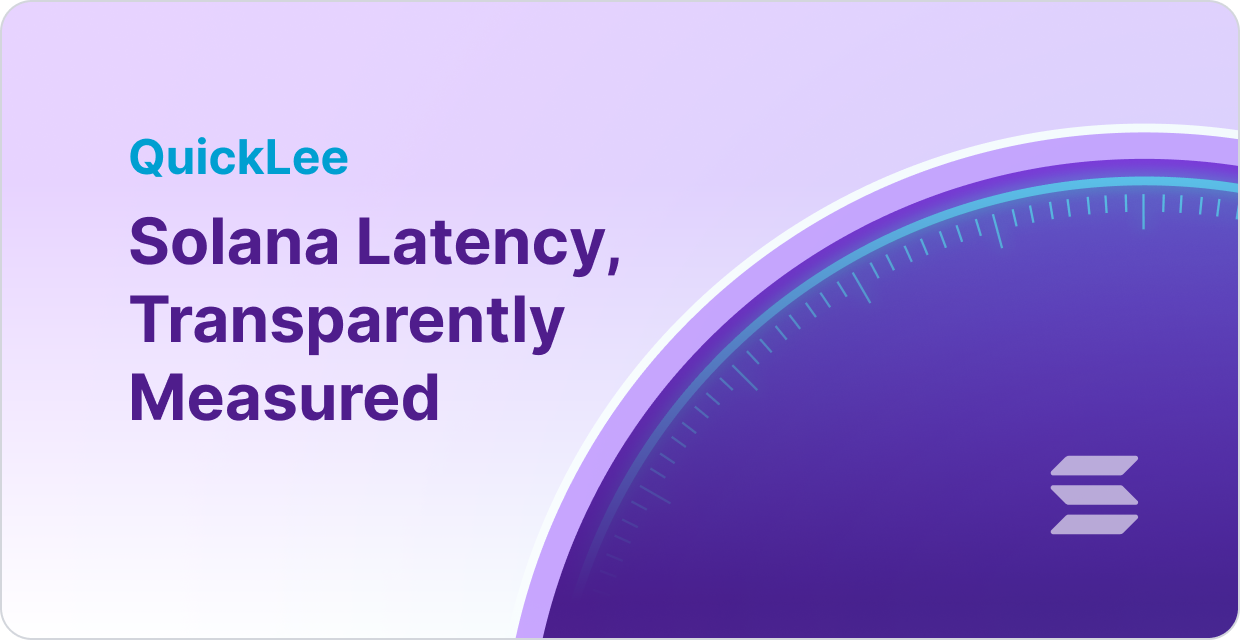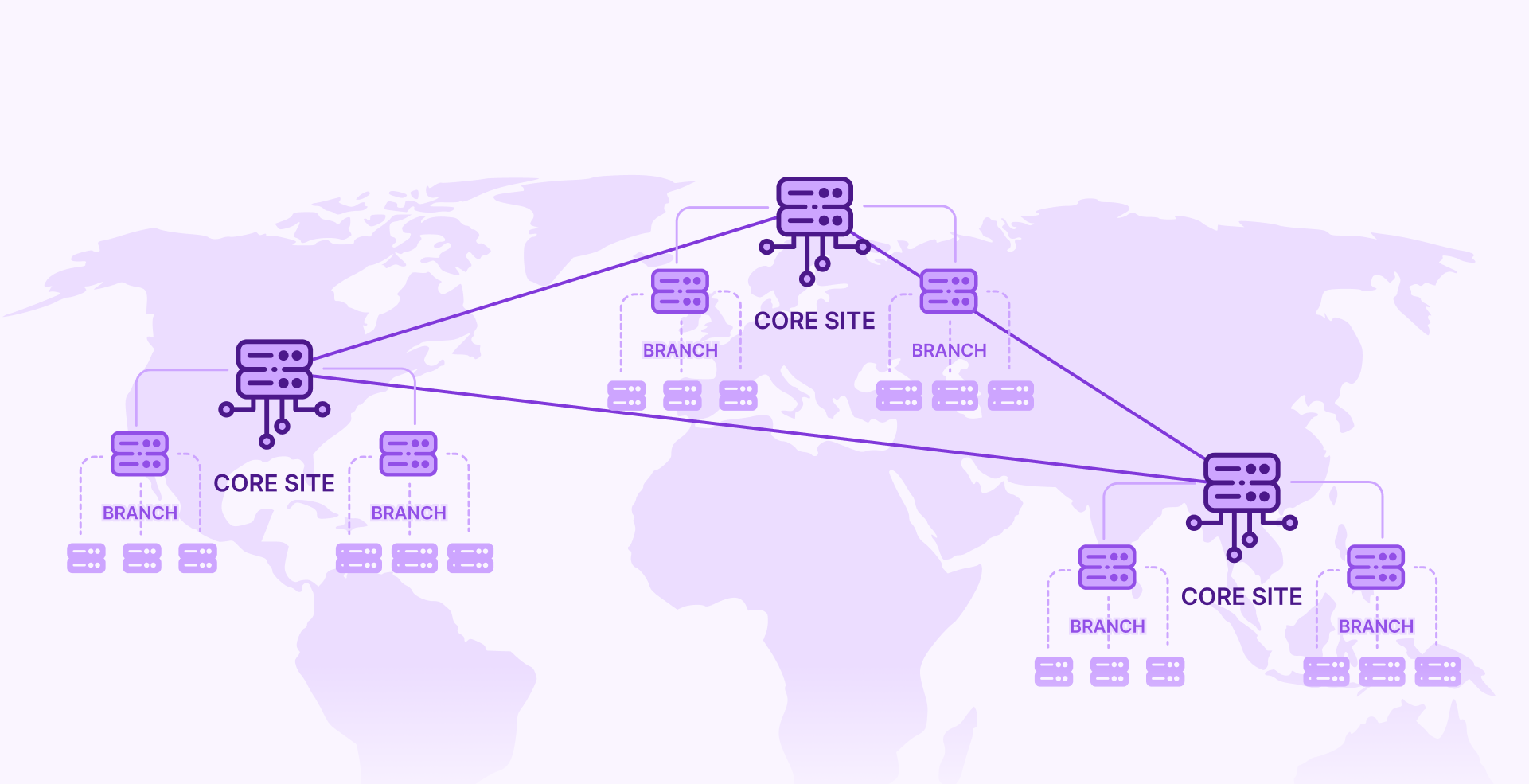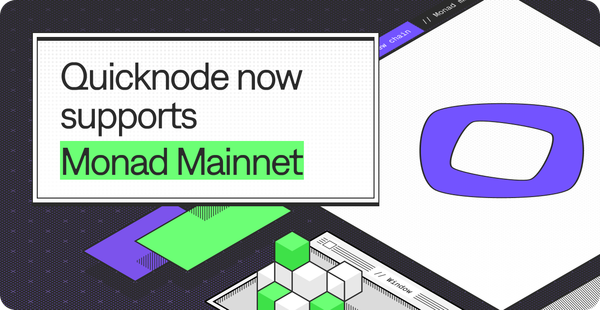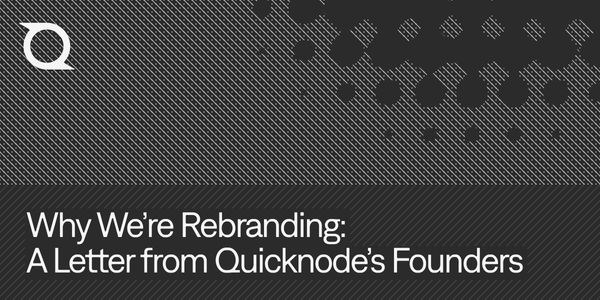Milliseconds Matter: The Fastest Solana RPC Provider, Verified
Solana is fast by design, but your RPC provider shouldn’t be the bottleneck. See how QuickNode delivers 2 to 3x lower latency than other RPCs.

Solana is fast by design, but your RPC provider shouldn’t be the bottleneck. That’s why QuickNode set out to become the fastest Solana RPC provider, and now we’ve proven it. With QuickLee, our real-time benchmarking tool, developers can see for themselves: QuickNode delivers 2–3x lower latency than top alternatives, across the globe. Here’s how we built performance you can feel and measure.
👉 View the live Solana QuickLee dashboard here.Why Latency Matters on Solana
Solana is designed for speed. Its high throughput and low fees make it a leading choice for DeFi, gaming, and consumer applications. But speed at the protocol level is only half the story. For developers, the responsiveness of RPC endpoints determines how quickly dApps can read data, submit transactions, and deliver real-time experiences to users.
Milliseconds matter. A few hundred milliseconds can be the difference between winning an arbitrage opportunity or missing it, between a smooth game interaction and a laggy one. That’s why we knew that “good enough” wasn’t good enough for Solana developers.
| Provider | P95 Latency (ms) | Network | Observed |
|---|---|---|---|
| quicknode | 49.9ms | Solana | |
| triton | 99.9ms | Solana | |
| chainstack | 187ms | Solana | |
| helius | 225ms | Solana | |
| alchemy | 237ms | Solana | |
| ankr | 301ms | Solana | |
| instantnodes | 785ms | Solana |
We Weren’t Satisfied, So We Built Better
When we first benchmarked our Solana global latencies on QuickLee, we saw strong results in many regions, but not consistently at the QuickNode standard, which we define as being best-in-industry at a global scale.
For Solana builders to have the best read and write experience, QuickNode had to level up:
- Our team engaged with users directly to understand how QuickNode can help; we heard you needed it to be fast, and we delivered.
- Users around the world are learning how fast Solana can be with the right provider; we have ensured we are globally deployed where it matters most, putting nodes closer to you, no matter where you are.
- To ensure we maintain our standards, we test relentlessly—not just once, but continuously—and continue to fine-tune our testing to remove bias and focus on what the Solana community needs.
After rounds of iteration, measurement, and fine-tuning, Solana response times are now where they should be: fast, reliable, and transparent worldwide.
Under the Hood: Engineering for Milliseconds
Our Solana latency gains were achieved from many small, compounding improvements across the stack, which required concerted effort to optimize placement, shorten routes, optimize OS/hardware decisions, and fine-tune validator configurations.
What the data shows (last 7 days ending Aug 14, 2025):
QuickNode’s global p95 latency is 57.4 ms (global = average of each region’s p95). The next-closest provider measured 117ms, about 2x higher p95, with most large providers sitting between ~200-300 ms (3-5x slower).
- Put the work where it belongs (Core / Branch / Edge)
Latency-sensitive methods live at the Edge, close to demand, backed by locally connected Branch clusters which keep hot data regional and absorb spikes. Core hubs handle ledger-heavy backfills where throughput matters more than single-digit millisecond latency. This removes I/O contention and shortens request paths.

- Shorten the wire, and exit bad nodes quickly
With QuickNode, we ensure we run at least two data centers per key region with multiple upstream connections. Traffic is routed to minimize latency, maximize uptime and throughput, not just static geography. When a node shows signs of degradation, routes fail forward instantly to prevent overloading backends.
- Choose hardware for consistent ‘tails’, not max peaks
Following months of iterative testing, we systematically evaluated NVMe, RAM topology, CPU characteristics, and chassis specifically for Solana workloads, building for stable latency at scale. Every server is fine-tuned down to the kernel and network drivers, optimizing for core utilization and safeguarding against heat saturation.
- Make Solana‑aware configuration choices
On Agave 2.x, we developed and leveraged dynamic-method-generation benchmark tools to emulate real-world and threshold testing supporting all current methods. Our test suite incorporates advanced AI heuristics, system monitoring, and comprehensive data analytics to enable fine-tuning for common methods (e.g., AccountsDB) and specific use cases to protect p95 latency during bursts.
- Own the request path
All QuickNode routing is built in-house. We avoid generic, opaque, third-party load balancers and instead opt to create purpose-built edge routers and software stacks built on speed. We work closely with data center partners to optimize for low-latency rack connections, custom network interfaces, and optimized fiber links between regions.
- Measure continuously, report publicly
QuickLee continuously runs getBalance calls against randomized accounts every 10 seconds from five regions across multiple cloud providers globally, and reports percentiles (p95), not just averages. Internally, we track jitter and packet loss, and continuously monitor data center uptime between edge routers. The same methodology powers our public Grafana, so anyone can audit results.
Why this matters:
QuickNode ensures you get not only low averages but tight p95s during congestion and maintenance events. “Fast once” is easy, but predictably fast is what makes DeFi, gaming, and consumer apps feel real-time.
Proof, Not Promises
You don’t have to take our word for it; check the numbers yourself.
With QuickLee, all latency results are publicly available, updated continuously, and comparable across providers. Here’s the dedicated Solana dashboard:
👉 QuickLee Solana DashboardWhat you’ll see:
- Regularly 2-3x faster than top competitors
- Consistent low-latency performance compared to alternatives
- Transparency by default, because performance claims should be verifiable
What This Means for Solana Developers
For developers building on Solana with QuickNode:
- Your users will experience faster, smoother interactions
- Your dApps can compete in latency-sensitive markets like DeFi
- You’ll know you’re building on the most transparent, benchmarked infrastructure available
QuickNode exists to give builders the best tools and infrastructure to succeed. By bringing Solana up to our global performance standard, we’re reaffirming that commitment, because when you’re building the future, every millisecond counts.
Try It Yourself
Curious to see how your stack performs? Explore QuickLee and compare us to other providers:
• QuickLee Overview • QuickLee Solana DashboardWe’ll keep raising the bar—and keep publishing the proof.
About QuickNode
QuickNode is a leading blockchain infrastructure and solutions provider. Since 2017, we’ve helped thousands of developers and companies scale their onchain applications with lightning-fast, reliable access to over 70 blockchains. Stay ahead in the world of Web3 — subscribe to our newsletter for insights, updates, and the latest innovations shaping the future!






